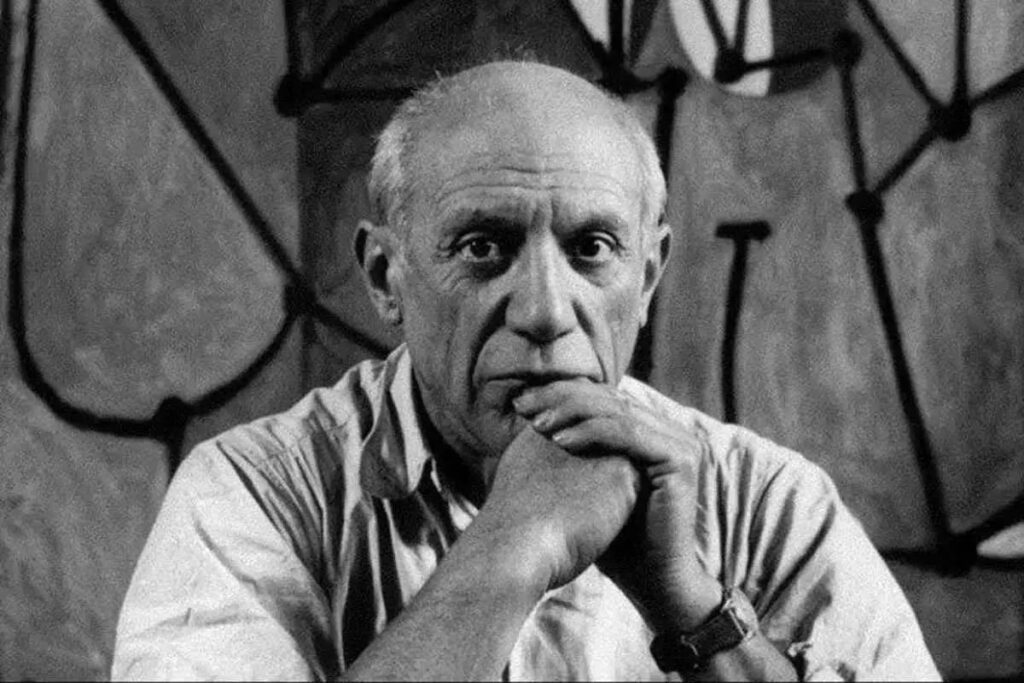Pablo Picasso – The Artistic Genius of the 20th Century
Pablo Picasso, a name synonymous with modern art, stands as one of the most influential artists of the 20th century. Born in Spain, Picasso not only pioneered Cubism but also left an indelible mark through tens of thousands of works, spanning paintings, sculptures, and ceramics. His famous quote, “Art washes away from the soul the dust of everyday life,” continues to inspire millions of art lovers worldwide, including those visiting collections at the Vietnam art gallery. This article takes you on a journey through Picasso’s life, career, and masterpieces, exploring the brilliance of a man who reshaped the art world.
Biography of Pablo Picasso: From Malaga to Paris
Who Was Pablo Picasso?
Pablo Picasso (1881–1973) was born in Malaga, Spain, into a family with artistic roots. His father, José Ruiz y Blasco, a painter and art teacher, recognized his son’s prodigious talent early on. By age seven, Picasso was receiving formal art instruction from his father, and by 14, he held his first solo exhibition. His extraordinary abilities quickly surpassed expectations, propelling him to Paris—the epicenter of the art world in the early 20th century. Picasso’s relentless creativity and innovation would make him a towering figure in modern art, influencing generations of artists.
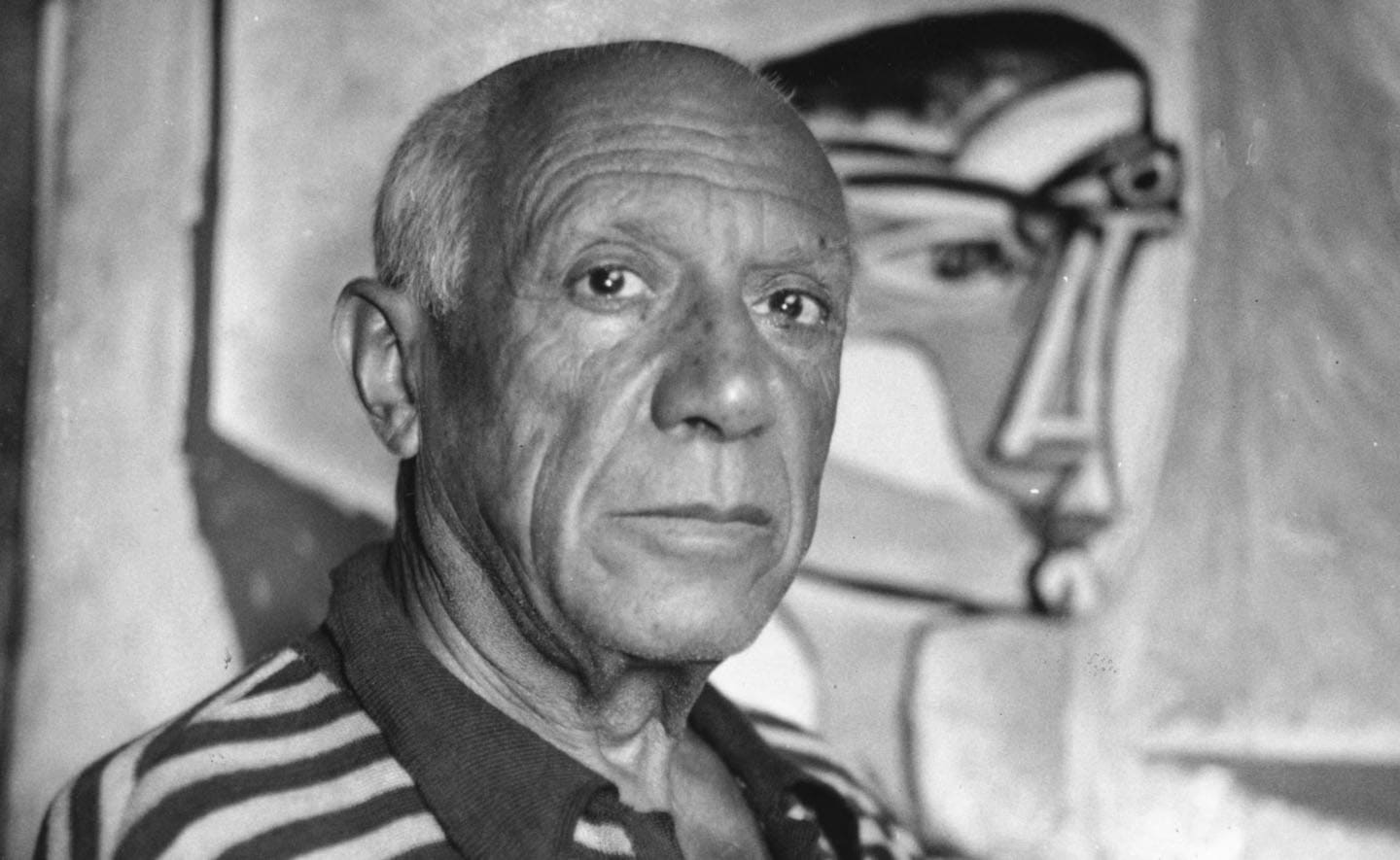
Early Steps in Art
As a young artist, Picasso demonstrated an uncanny ability to master various artistic styles. He studied at prestigious art schools in Barcelona and Madrid, immersing himself in traditional techniques before moving to Paris in 1900. In the vibrant artistic hub of Montmartre, he mingled with avant-garde artists like Henri Matisse and Georges Braque, experimenting with new approaches that would lay the foundation for his groundbreaking career. These early years were marked by a restless curiosity, as Picasso absorbed influences and began forging his own path in the art world.
Pablo Picasso’s Career: Phases That Shaped Modern Art
Blue Period (1901–1904): Melancholy in Shades of Blue
The Blue Period marks the first distinct phase of Picasso’s career, characterized by somber, monochromatic works in shades of blue. Reflecting his emotional turmoil and empathy for society’s marginalized, this period was deeply influenced by the suicide of his close friend Carlos Casagemas. Paintings like The Old Guitarist and La Vie capture themes of poverty, loneliness, and human suffering. The cool, muted tones and expressive figures convey a profound sense of melancholy, establishing Picasso as an artist capable of evoking deep emotional responses.
Rose Period (1904–1906): A Burst of Warmth and Optimism
Emerging from the gloom of the Blue Period, Picasso’s Rose Period brought a shift to warmer hues of pink, orange, and red. This phase reflected a lighter, more optimistic outlook, often depicting circus performers, acrobats, and everyday life with a sense of joy. Works like Family of Saltimbanques showcase this transition, with softer lines and vibrant colors. During this time, Picasso’s growing recognition in Paris was bolstered by patrons like Gertrude Stein, who helped solidify his place in the art world.
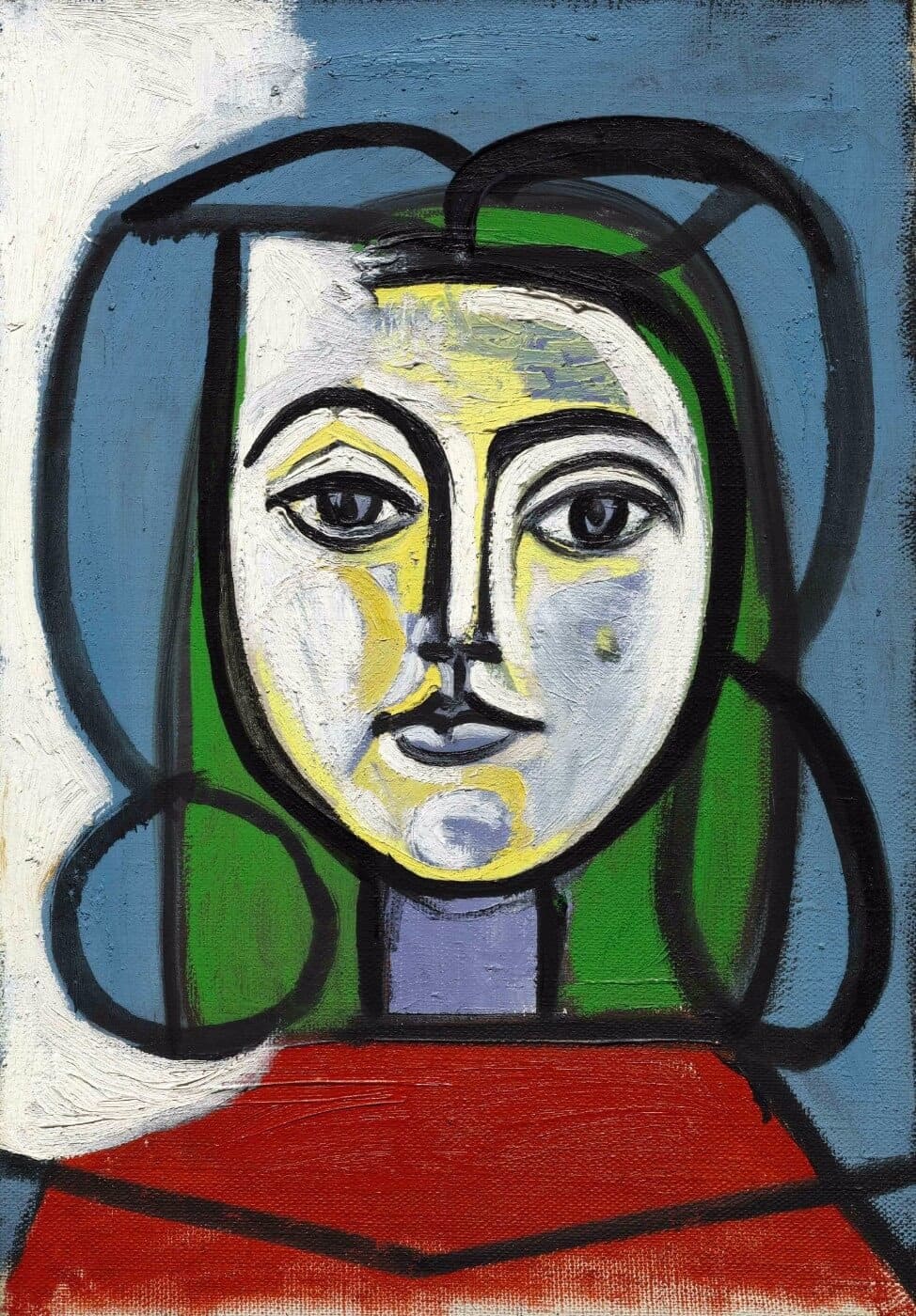
Cubism: A Revolution in Painting
In 1907, Picasso, alongside Georges Braque, revolutionized art with the creation of Cubism. This groundbreaking movement shattered traditional perspectives, fragmenting objects into geometric shapes and reassembling them in abstract forms. The seminal work Les Demoiselles d’Avignon (1907) shocked the art world with its bold depiction of five prostitutes rendered in angular, disjointed forms. Initially met with criticism, this painting became a cornerstone of modern art, challenging conventions and inspiring countless artists to rethink representation.
Cubism evolved through two phases: Analytical Cubism, with its muted palette and complex deconstructions, and Synthetic Cubism, which introduced collage elements and brighter colors. This movement not only transformed painting but also influenced sculpture, architecture, and design, cementing Picasso’s role as a visionary.
Neoclassicism and Surrealism (1920–1930)
In the 1920s, Picasso explored Neoclassicism, inspired by artists like Ingres and Renoir, focusing on classical forms and smoother, more balanced depictions of the human body. Simultaneously, he ventured into Surrealism, creating dreamlike, symbolic works that tapped into the subconscious. This period showcased his versatility, as he seamlessly moved between figurative and abstract styles, producing paintings, sculptures, and ceramics that expanded the boundaries of art.
Famous Works of Pablo Picasso
Guernica (1937): A Cry Against War
Guernica is arguably Picasso’s most powerful work, created in response to the bombing of the Basque town of Guernica during the Spanish Civil War. This massive mural, painted in stark shades of gray, black, and white, portrays the horrors of war through fragmented, anguished figures—a screaming horse, a weeping woman, and distorted bodies. Displayed at the 1937 Paris International Exposition, Guernica became a universal symbol of anti-war sentiment. Picasso’s refusal to allow the painting to return to Spain until the fall of Franco’s regime underscored his political convictions.
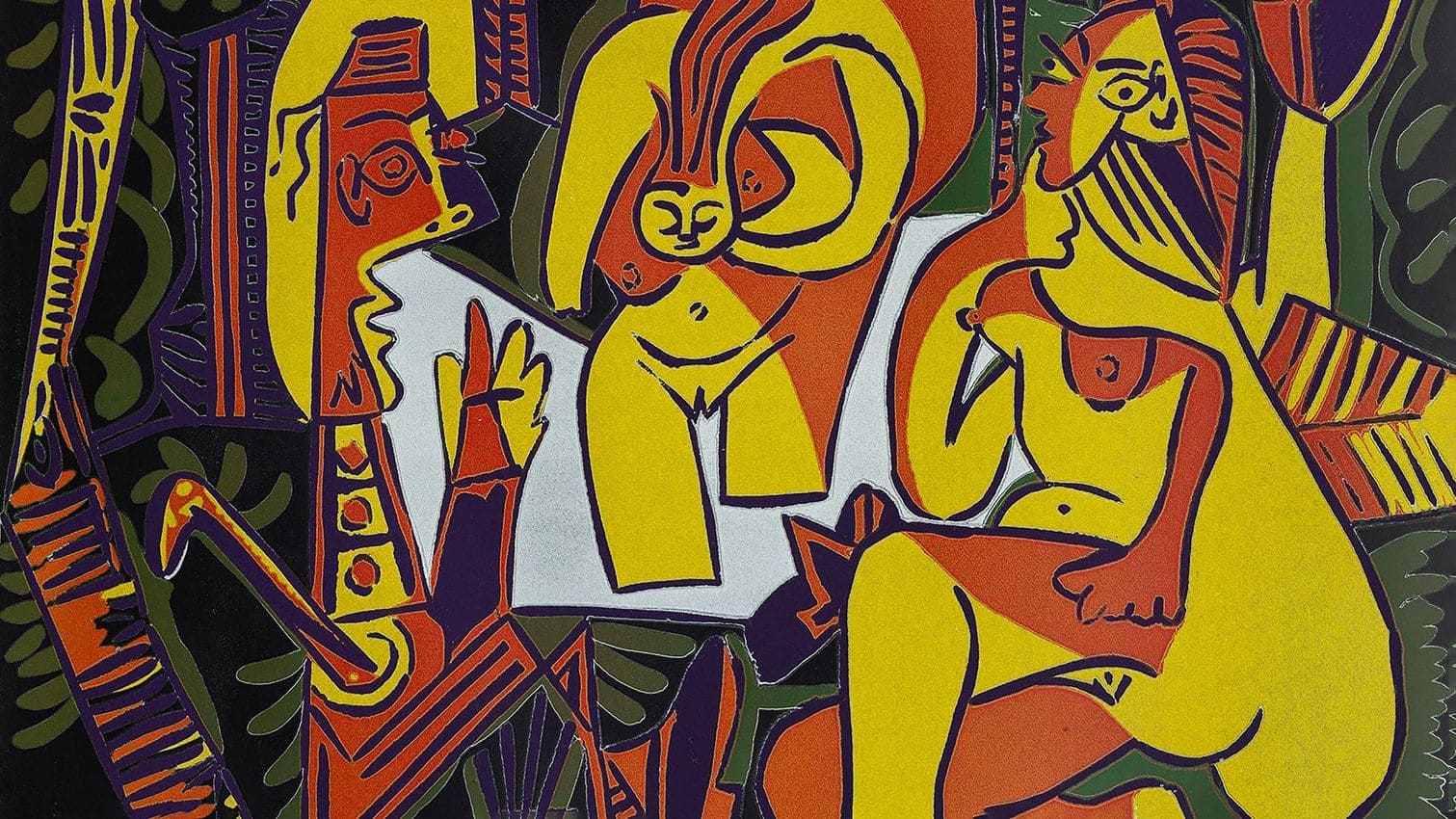
Dove of Peace (1949): A Symbol of Hope
Created for the 1949 World Peace Congress, Picasso’s Dove of Peace features a simple yet powerful image of a dove, embodying hope and reconciliation. Its minimalist design belies its profound impact, as it became a global emblem of peace movements. This work highlights Picasso’s ability to convey universal messages through deceptively simple imagery, showcasing his mastery of both form and meaning.
Other Notable Works
- The Weeping Woman (1937): A Surrealist portrait capturing the anguish of a woman during wartime, with vivid colors and distorted features.
- Boy with a Pipe (1905): A Rose Period painting known for its gentle, optimistic tone and vibrant palette.
- Self-Portrait (1901): A Blue Period work reflecting Picasso’s youthful melancholy through somber tones and introspective expression.
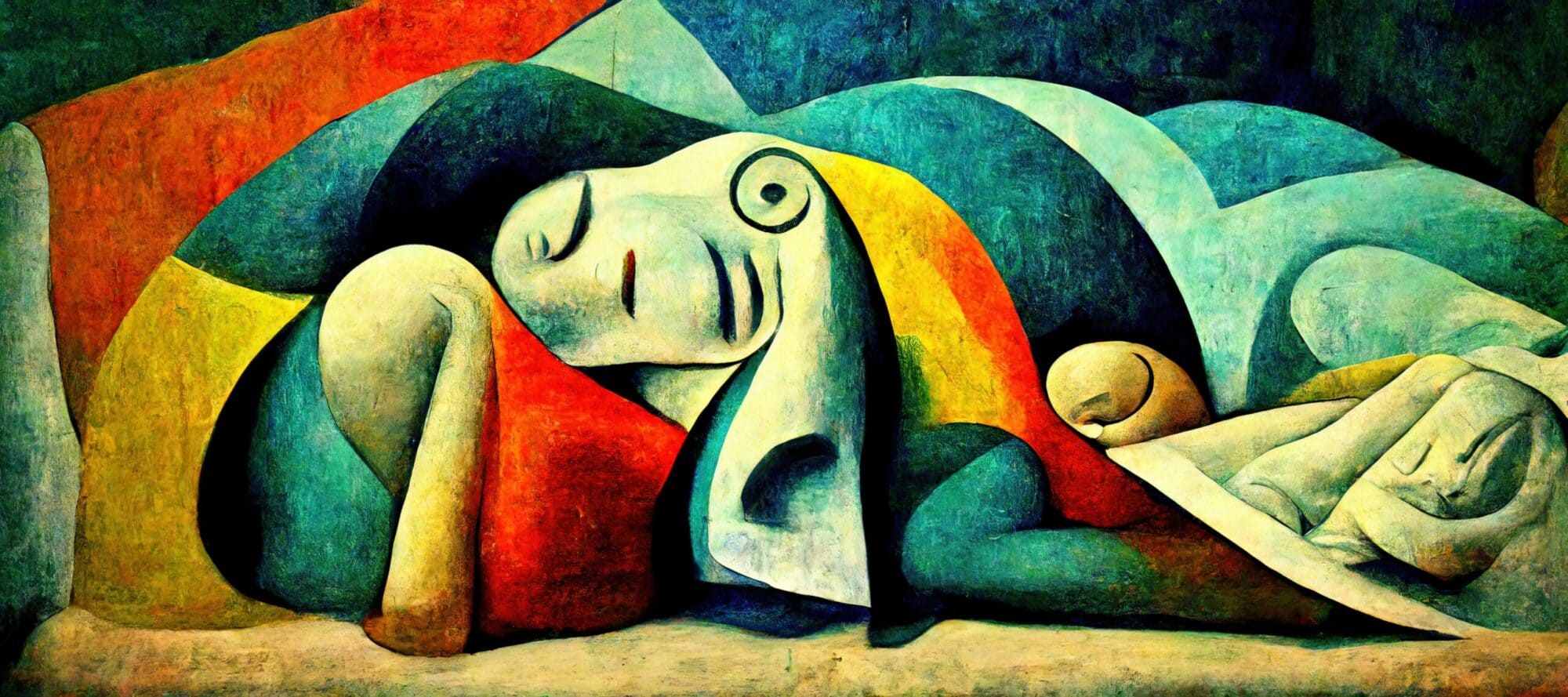
Pablo Picasso and His Enduring Legacy
Why Is Pablo Picasso Important?
Pablo Picasso was not merely a painter but a transformative force in art. His creation of Cubism redefined how artists approached form and perspective, influencing movements like Futurism, Dadaism, and Abstract Expressionism. Beyond technique, Picasso’s engagement with social and political issues made him a cultural icon. His works addressed themes of war, peace, and human suffering, resonating with audiences worldwide and cementing his relevance beyond the art world.
Picasso’s Artistic Legacy
With nearly 50,000 works—including 1,885 paintings, 1,228 sculptures, and 2,880 ceramics—Picasso’s output is staggering. His creations are housed in prestigious institutions like the Picasso Museum in Barcelona and MoMA in New York. His influence extends to contemporary art, where his experimental spirit continues to inspire artists to push boundaries. Picasso’s ability to reinvent himself across decades, from the Blue Period to Surrealism, ensures his legacy remains vibrant and relevant.
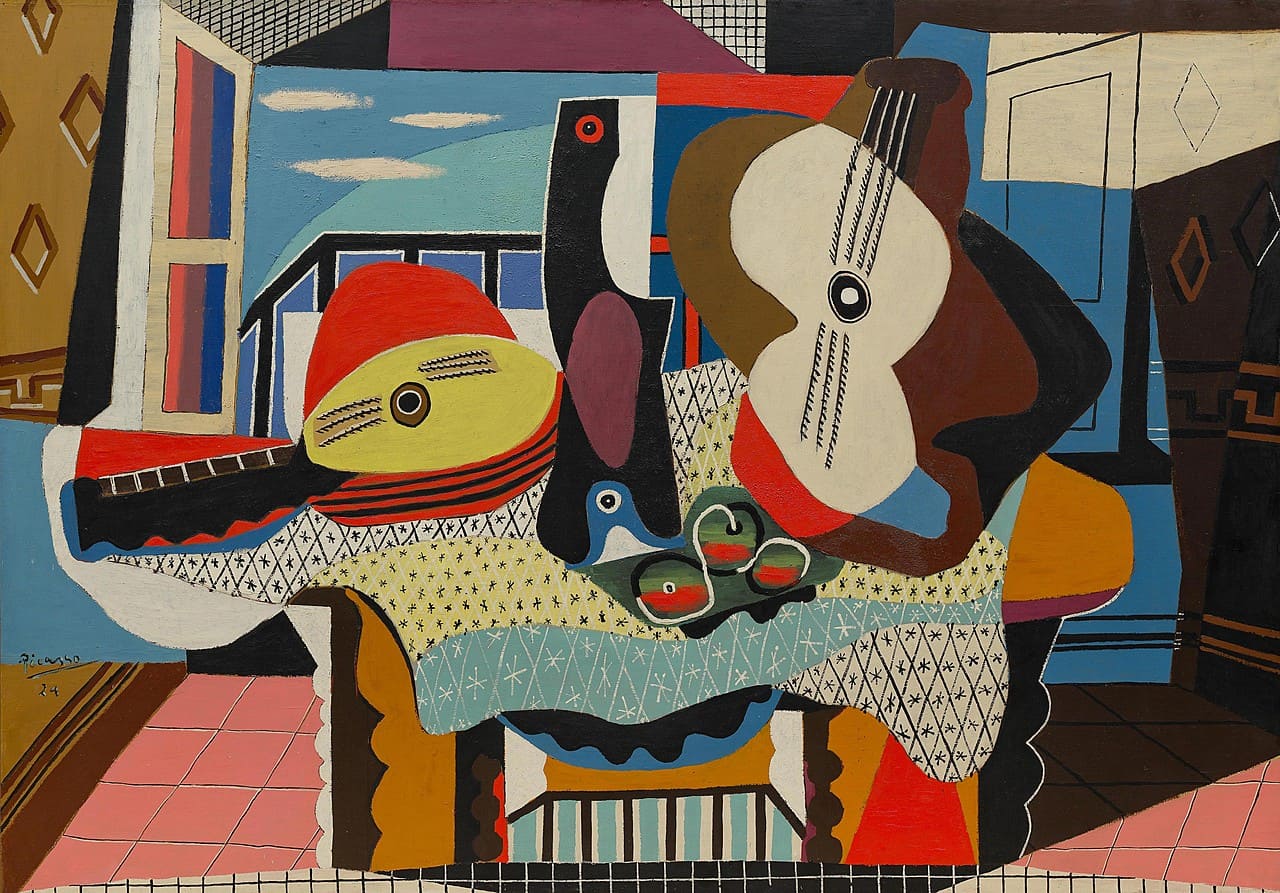
Picasso and Political Beliefs
As a member of the French Communist Party, Picasso expressed solidarity with the oppressed through his art. Works like Guernica and Dove of Peace were not just aesthetic achievements but calls for justice and peace. He famously stated, “Painting is not done to decorate apartments. It is an instrument of war,” emphasizing art’s power to challenge societal norms and effect change. His political engagement added depth to his work, making it a vehicle for both personal and collective expression.
How to Learn More About Pablo Picasso?
Visit Picasso Museums
To delve deeper into Picasso’s world, visit museums dedicated to his work, such as the Picasso Museum in Barcelona or Paris. These institutions house thousands of his paintings, sculptures, and archival materials, offering a comprehensive look at his life and creative evolution. Exploring these collections provides insight into his artistic process and the breadth of his contributions.

Read Books and Resources About Picasso
Several books offer in-depth perspectives on Picasso’s life and work:
- Picasso: Creator and Destroyer by Arianna Huffington: A biography exploring his complex personality and artistic genius.
- Life with Picasso by Françoise Gilot: A memoir by Picasso’s partner, detailing their life together and his creative process.
- The Mystery of Picasso (1956): A documentary film capturing his artistic techniques in action.
These resources provide a window into Picasso’s personal and professional world, enriching your understanding of his contributions.
Attend Art Exhibitions
Picasso’s works are frequently featured in global exhibitions. Keep an eye on events at local galleries or major museums, such as the Tate Modern or the Metropolitan Museum of Art, to experience his original pieces. These exhibitions often contextualize his work within broader art movements, offering fresh perspectives on his influence.
Pablo Picasso was more than an artist; he was a cultural icon who redefined the possibilities of art. From the introspective Blue Period to the revolutionary Les Demoiselles d’Avignon, the anti-war masterpiece Guernica, and the hopeful Dove of Peace, his works tell stories of creativity, passion, and compassion. To explore his legacy, visit museums, read about his life, or attend exhibitions showcasing his art. Let Picasso’s vision inspire your own creative journey and share this article to spread the story of this 20th-century genius!

